Home » Wind Energy » What about Wind Energy Today and Tomorrow?
What about Wind Energy Today and Tomorrow?
In just a few short decades wind energy has matured dramatically, making wind one of the fastest growing sources of electricity in the world today. Due to technological advancements, policy initiatives, and economic drivers, wind energy is now able to make a cost-competitive contribution to our growing energy needs.
Wind Turbine Technology
Turbines today are sleek and slender machines, a far cry from their bucolic wooden ancestors. Around the world, wind turbines of all sizes have become a familiar sight; ranging from home or farm-scale machines of 1 kilowatt (kW), all the way up to arrays of large 3 megawatt (MW) machines.
Modern wind turbines are up to the task of producing serious amounts of electricity. A popular sized machine in the U.S. today is a state-of-the-art 2 MW turbine that stands as tall as a 30-story building and costs roughly $3.5 million installed. With a good wind resource, this size turbine can produce 6 million kWh of electricity each year, or enough energy to run 600 average American households.
Wind Energy Around the Globe
Turbines are sprouting up around the globe in record numbers. By the end of 2007, there were nearly 94,000 MW of wind installed around the world, which is a significant rise from the 59,000 MW installed in 2005. The pace of growth is now greatest in the United States, where installed wind energy capacity grew by 45% in 2007. This growth makes the US the leading nation in new capacity installed for wind energy. Yet Germany continues to have the highest total wind capacity of any country with 22.3 GW. The U.S. is right behind them with 16.8 GW of total installed capacity and it is expected that the U.S. will overtake Germany as the leader in installed wind capacity by 2009. (Source: Global Energy Council's Global Wind Report 2007).
Spain continues to be a leader in wind power, with India and the People's Republic of China rising to become major players. The recent boom in renewable energy investment, including wind energy generation, is being aided through progressive policies and widespread public support. Legislation such as the UK's Renewables Obligation, the 26 US states with Renewable Portfolio Standards, and the EU's target for 20% renewable energy by 2020 is aiding the development of wind energy across the globe.
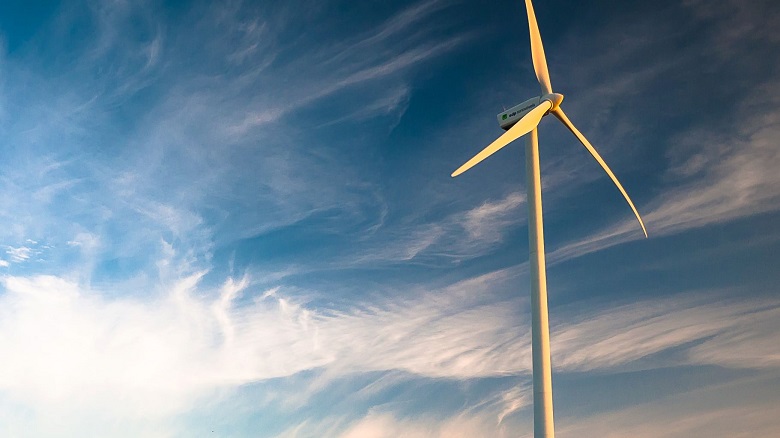
Wind Energy in the United States
Total wind capacity in the United States reached 16.8 GW by the end of 2007, with commercial-scale wind turbines operating in 34 states. Wind power accounted for 30% of the country's new power-production capacity for the year, with a 45% growth in generating capacity. According to the American Wind Energy Association (AWEA), Texas now leads the country as the state with the most installed wind power with 4,356 MW. California remains a leader in wind generation with 2,439 MW installed; while Minnesota and Iowa continue to harvest significant amounts of wind with 1,299 MW and 1,273 MW respectively.
Although this is significant growth for wind energy, it still only accounts for a little over 1% of the U.S. electricity supply. The U.S. Department of Energy recently released a report that laid out a plan to reach 20% wind energy power by 2030 to fuel the U.S. electricity grid. This would provide a major increase in jobs, benefits to rural landowners, and lead the Country to increased energy independence. Factors pushing for growth in U.S. wind energy include the high cost of fossil fuels and concern over national energy security. As a result, policy makers are actively considering a wide range of legislation that would support and enhance wind energy growth. Therefore, 2008 is expected to see an additional increase in wind projects despite the slump in the economy.
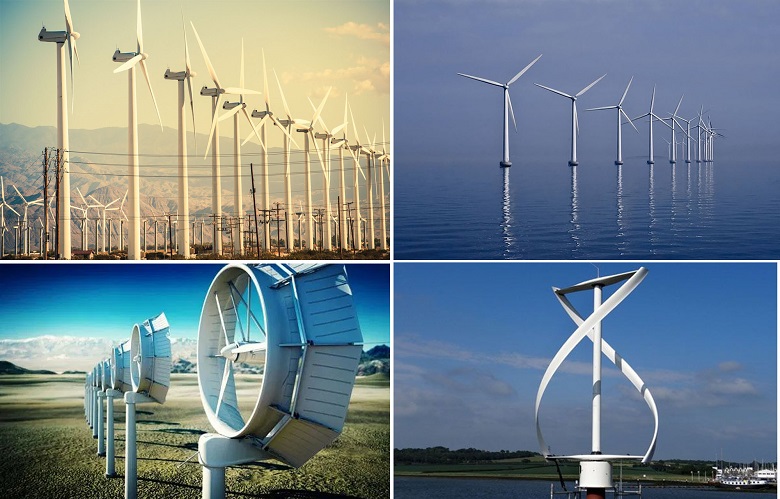
Map of wind in the US
Progressive public policy has usually been a key ingredient both for encouraging wind energy expansion and helping to determine what forms that growth will take. Future growth will likely come from commercial-scale wind farms, which are typically vast arrays of turbines owned and operated by large corporations. Yet experience in Minnesota has shown that, with an encouraging policy environment, small clusters of turbines or even single turbines can make significant contirbutions, operated by local landowners, small businesses, and community wind projects.
The Future of Wind Energy
Technological advancements and supportive policy measures have the ability to drastically increase the future of wind energy development in our nation and our world. Wind power has the unique ability to provide even greater sources of distributed energy production, which means less risk and a stronger energy portfolio. America’s ingenuity and drive for independence are well suited to increased wind energy development in the future. Stay tuned to advancements at industry and policy levels as wind energy continues to grow.
Wind Turbine Technology
Turbines today are sleek and slender machines, a far cry from their bucolic wooden ancestors. Around the world, wind turbines of all sizes have become a familiar sight; ranging from home or farm-scale machines of 1 kilowatt (kW), all the way up to arrays of large 3 megawatt (MW) machines.
Modern wind turbines are up to the task of producing serious amounts of electricity. A popular sized machine in the U.S. today is a state-of-the-art 2 MW turbine that stands as tall as a 30-story building and costs roughly $3.5 million installed. With a good wind resource, this size turbine can produce 6 million kWh of electricity each year, or enough energy to run 600 average American households.
Wind Energy Around the Globe
Turbines are sprouting up around the globe in record numbers. By the end of 2007, there were nearly 94,000 MW of wind installed around the world, which is a significant rise from the 59,000 MW installed in 2005. The pace of growth is now greatest in the United States, where installed wind energy capacity grew by 45% in 2007. This growth makes the US the leading nation in new capacity installed for wind energy. Yet Germany continues to have the highest total wind capacity of any country with 22.3 GW. The U.S. is right behind them with 16.8 GW of total installed capacity and it is expected that the U.S. will overtake Germany as the leader in installed wind capacity by 2009. (Source: Global Energy Council's Global Wind Report 2007).
Spain continues to be a leader in wind power, with India and the People's Republic of China rising to become major players. The recent boom in renewable energy investment, including wind energy generation, is being aided through progressive policies and widespread public support. Legislation such as the UK's Renewables Obligation, the 26 US states with Renewable Portfolio Standards, and the EU's target for 20% renewable energy by 2020 is aiding the development of wind energy across the globe.

Wind Energy in the United States
Total wind capacity in the United States reached 16.8 GW by the end of 2007, with commercial-scale wind turbines operating in 34 states. Wind power accounted for 30% of the country's new power-production capacity for the year, with a 45% growth in generating capacity. According to the American Wind Energy Association (AWEA), Texas now leads the country as the state with the most installed wind power with 4,356 MW. California remains a leader in wind generation with 2,439 MW installed; while Minnesota and Iowa continue to harvest significant amounts of wind with 1,299 MW and 1,273 MW respectively.
Although this is significant growth for wind energy, it still only accounts for a little over 1% of the U.S. electricity supply. The U.S. Department of Energy recently released a report that laid out a plan to reach 20% wind energy power by 2030 to fuel the U.S. electricity grid. This would provide a major increase in jobs, benefits to rural landowners, and lead the Country to increased energy independence. Factors pushing for growth in U.S. wind energy include the high cost of fossil fuels and concern over national energy security. As a result, policy makers are actively considering a wide range of legislation that would support and enhance wind energy growth. Therefore, 2008 is expected to see an additional increase in wind projects despite the slump in the economy.

Map of wind in the US
Progressive public policy has usually been a key ingredient both for encouraging wind energy expansion and helping to determine what forms that growth will take. Future growth will likely come from commercial-scale wind farms, which are typically vast arrays of turbines owned and operated by large corporations. Yet experience in Minnesota has shown that, with an encouraging policy environment, small clusters of turbines or even single turbines can make significant contirbutions, operated by local landowners, small businesses, and community wind projects.
The Future of Wind Energy
Technological advancements and supportive policy measures have the ability to drastically increase the future of wind energy development in our nation and our world. Wind power has the unique ability to provide even greater sources of distributed energy production, which means less risk and a stronger energy portfolio. America’s ingenuity and drive for independence are well suited to increased wind energy development in the future. Stay tuned to advancements at industry and policy levels as wind energy continues to grow.
Post a Comment:
You may also like:

Featured Articles
Technical Potential for Wind Energy
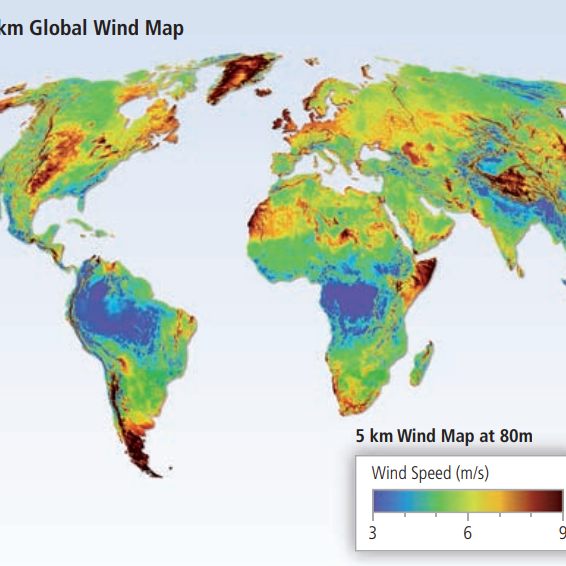 The theoretical potential for wind, as estimated by the global annual flux, has been estimated at 6,000 EJ/yr. The global ...
The theoretical potential for wind, as estimated by the global annual flux, has been estimated at 6,000 EJ/yr. The global ...
 The theoretical potential for wind, as estimated by the global annual flux, has been estimated at 6,000 EJ/yr. The global ...
The theoretical potential for wind, as estimated by the global annual flux, has been estimated at 6,000 EJ/yr. The global ...Wind Energy Background
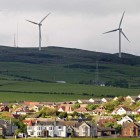 The kinetic energy in the wind is a promising source of renewable energy with significant potential in many parts of the world. ...
The kinetic energy in the wind is a promising source of renewable energy with significant potential in many parts of the world. ...
 The kinetic energy in the wind is a promising source of renewable energy with significant potential in many parts of the world. ...
The kinetic energy in the wind is a promising source of renewable energy with significant potential in many parts of the world. ...What Are the Advantages of Wind Energy?
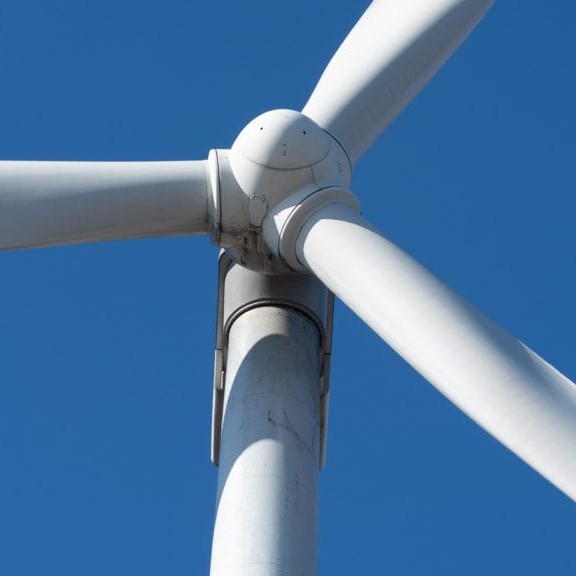 Wind power is the fastest-growing source of electricity worldwide. The American Wind Energy Association estimates that more ...
Wind power is the fastest-growing source of electricity worldwide. The American Wind Energy Association estimates that more ...
 Wind power is the fastest-growing source of electricity worldwide. The American Wind Energy Association estimates that more ...
Wind power is the fastest-growing source of electricity worldwide. The American Wind Energy Association estimates that more ...What is the Wind Energy Conversion ...
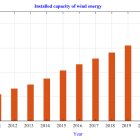 Due to technical and economic visibility, wind power has emerged as one of the most promising renewable energy sources ...
Due to technical and economic visibility, wind power has emerged as one of the most promising renewable energy sources ...
 Due to technical and economic visibility, wind power has emerged as one of the most promising renewable energy sources ...
Due to technical and economic visibility, wind power has emerged as one of the most promising renewable energy sources ...How Wind Energy is Collected and ...
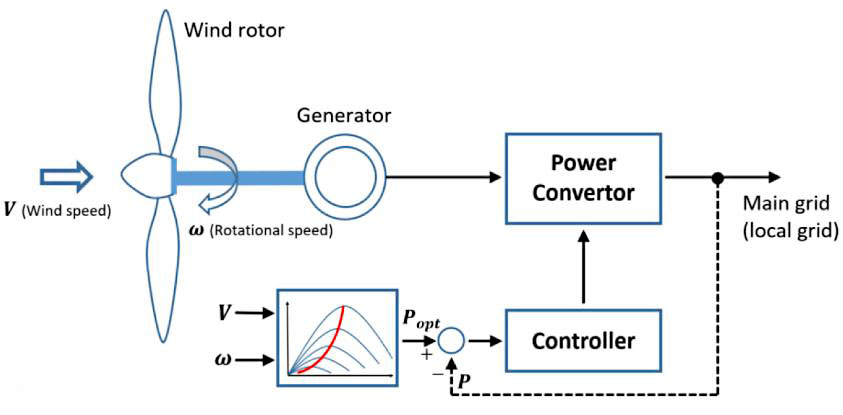 Wind energy is a form of solar energy. Earth’s atmosphere is unevenly heated by solar radiation and the air is in constant motion ...
Wind energy is a form of solar energy. Earth’s atmosphere is unevenly heated by solar radiation and the air is in constant motion ...
 Wind energy is a form of solar energy. Earth’s atmosphere is unevenly heated by solar radiation and the air is in constant motion ...
Wind energy is a form of solar energy. Earth’s atmosphere is unevenly heated by solar radiation and the air is in constant motion ...